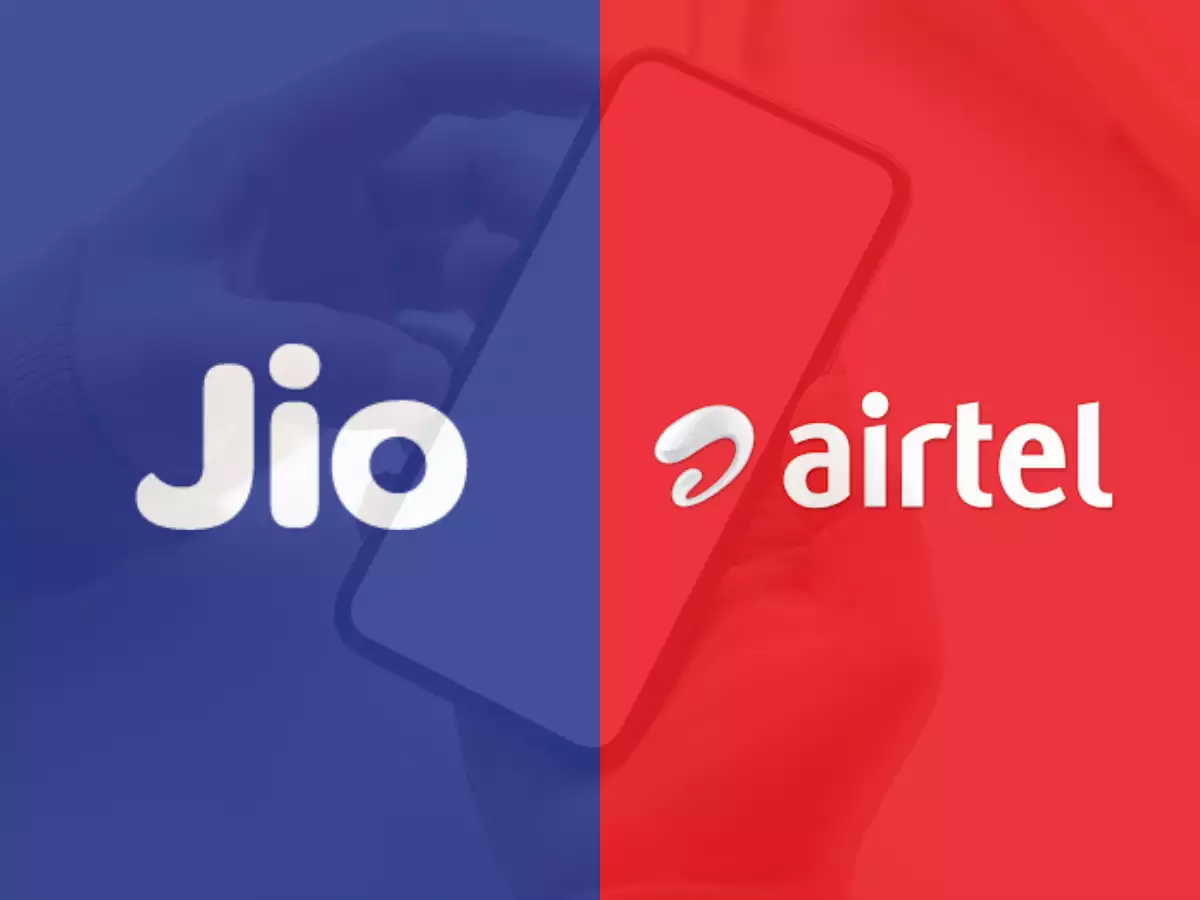Your cart is currently empty!

Air Fiber vs. Broadband Fiber Internet: Evaluating the Pros and Cons of Each-2024
In the digital age, internet connectivity plays a crucial role in our daily lives, and two prominent technologies, Air Fiber and Broadband Fiber, have emerged as frontrunners in delivering high-speed internet access to consumers. Each technology offers unique advantages and drawbacks, catering to different needs and preferences. Let’s explore the pros and cons of Air Fiber and Broadband Fiber internet to help you make an informed decision based on your requirements.
Air Fiber Internet:
Pros:
- Rapid Deployment: Air Fiber internet can be quickly deployed in areas where laying physical cables is impractical or cost-prohibitive, making it ideal for rural or remote regions.
- Wireless Connectivity: Air Fiber relies on radio waves to transmit data, eliminating the need for physical cables and offering greater flexibility in deployment.
- Scalability: Air Fiber networks can easily scale to accommodate increasing demand by adding additional antennas or towers, providing scalable solutions for growing communities.
- Resilience: Air Fiber networks are less susceptible to physical damage caused by natural disasters or construction activities, ensuring greater resilience and reliability in adverse conditions.
Cons:
- Interference: Air Fiber signals can be susceptible to interference from environmental factors such as weather conditions, terrain, and electromagnetic interference, leading to fluctuations in signal quality and reliability.
- Limited Bandwidth: Air Fiber networks may have limited bandwidth capacity compared to fiber-optic cables, resulting in slower speeds and reduced performance during peak usage hours.
- Line-of-Sight Requirement: Air Fiber requires a clear line of sight between the transmitter and receiver, making it challenging to deploy in densely populated urban areas with tall buildings or obstructive terrain.
- Security Concerns: Air Fiber signals are susceptible to interception or eavesdropping, posing potential security risks for sensitive data transmission.
Broadband Fiber Internet:
Pros:
- High-Speed Connectivity: Broadband Fiber offers ultra-fast internet speeds, capable of delivering gigabit-speed connections, making it ideal for bandwidth-intensive applications such as streaming, gaming, and video conferencing.
- Low Latency: Fiber-optic cables transmit data at the speed of light, resulting in low latency and minimal lag, providing an optimal experience for online gaming, real-time communication, and multimedia streaming.
- Reliability: Fiber-optic cables are immune to electromagnetic interference and signal degradation, ensuring consistent and reliable internet connectivity even in adverse conditions.
- Symmetrical Speeds: Broadband Fiber offers symmetrical upload and download speeds, providing equal performance for both upstream and downstream data transmission, essential for activities like cloud computing and file sharing.
Cons:
- Infrastructure Costs: Deploying Broadband Fiber networks requires significant infrastructure investment, including laying underground fiber-optic cables, which can be costly and time-consuming.
- Deployment Challenges: Installing fiber-optic cables may face challenges such as obtaining permits, navigating rights-of-way, and overcoming physical obstacles like roadways, rivers, and buildings, leading to delays and logistical complexities.
- Limited Availability: Broadband Fiber networks may not be widely available in all areas, particularly in rural or underserved communities, limiting access to high-speed internet for some users.
- Vulnerability to Physical Damage: Fiber-optic cables are vulnerable to physical damage caused by excavation, construction, or natural disasters, which can disrupt service and require costly repairs.
Conclusion:
The choice between Air Fiber and Broadband Fiber internet depends on various factors, including geographical location, budget, speed requirements, and reliability preferences. Air Fiber offers rapid deployment and scalability but may be prone to interference and bandwidth limitations. In contrast, Broadband Fiber provides unparalleled speed, reliability, and low latency but requires significant infrastructure investment and may face deployment challenges. By carefully evaluating the pros and cons of each technology, consumers can select the internet solution that best aligns with their needs and priorities, ensuring optimal connectivity and performance in an increasingly digital world.




Leave a Reply